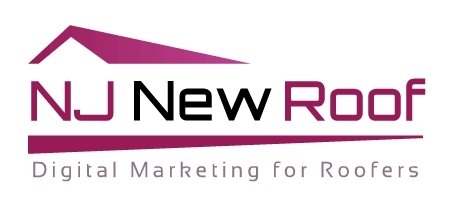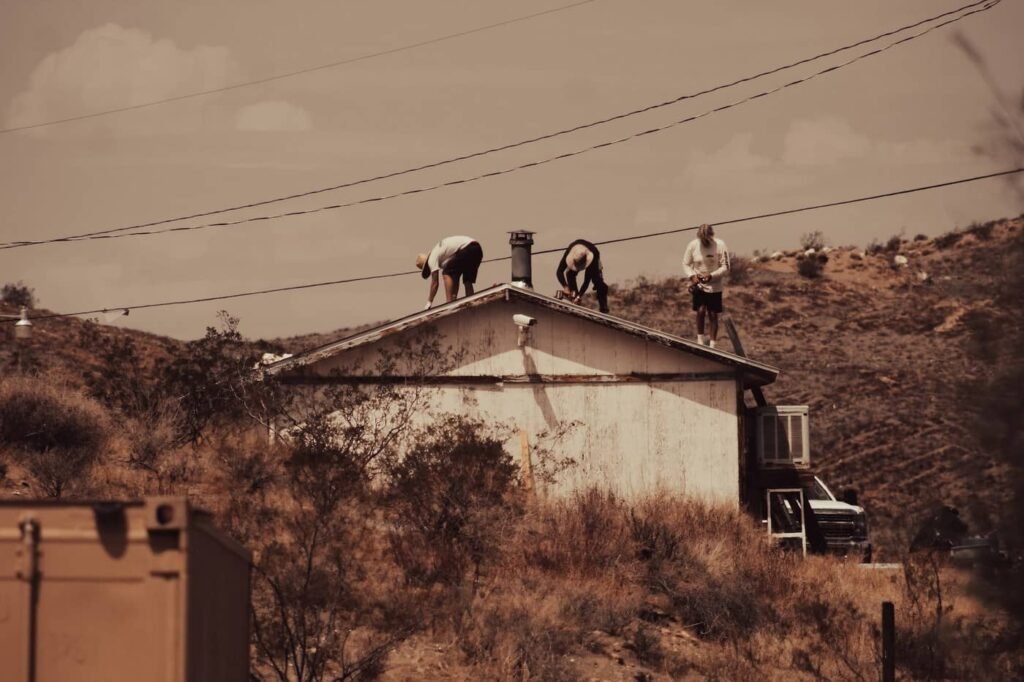A leaky roof may seem like a minor inconvenience at first, causing some drips and stains on the ceiling. However, it is not just an annoyance; it can potentially lead to significant health hazards if left unattended. One of the most insidious dangers of a leaky roof is the growth of mold. In this article, we will explore the lurking dangers of mold resulting from a leaky roof and the serious implications it can have on our health and well-being.
The Connection Between a Leaky Roof and Mold Growth
A roof is your home’s first line of defense against the elements, protecting you and your loved ones from rain, snow, and harsh weather conditions. Unfortunately, over time, roofs can develop vulnerabilities due to age, wear and tear, or inadequate maintenance. When a roof becomes compromised, even the smallest of leaks can permit moisture to infiltrate your home’s interior.
Mold, a type of fungus, thrives in damp, dark environments. When moisture seeps through a leaky roof and saturates building materials like wood, insulation, or drywall, it creates the perfect breeding ground for mold spores to take root and proliferate. The presence of mold can go unnoticed for weeks or even months, gradually spreading throughout the affected areas and causing significant damage.
The Dangers of Mold in Your Home
While some types of mold are harmless, others can be hazardous to human health, especially when they produce mycotoxins – toxic substances released into the air. Common health problems associated with mold exposure include:
- Respiratory Issues: Mold spores can be inhaled, leading to respiratory problems such as coughing, wheezing, throat irritation, and exacerbation of asthma symptoms.
- Allergic Reactions: Mold can trigger allergic reactions in sensitive individuals, causing nasal congestion, skin rashes, watery eyes, and sneezing.
- Exacerbation of Existing Conditions: Individuals with existing respiratory conditions, allergies, or compromised immune systems may experience more severe health effects when exposed to mold.
- Long-Term Health Implications: Prolonged exposure to mold can result in chronic health conditions, including respiratory infections, bronchitis, and even mold-induced hypersensitivity pneumonitis.
Identifying and Preventing Mold Growth
The key to preventing the growth of mold resulting from a leaky roof is early detection and timely repairs. Here are some steps you can take to safeguard your home:
- Regular Roof Inspections: Schedule routine roof inspections to identify and address any potential vulnerabilities or leaks promptly.
- Addressing Leaks Immediately: If you notice any water stains or signs of leaks on your ceiling or walls, don’t ignore them. Act quickly to find the source and have it repaired.
- Proper Ventilation: Ensure your home is adequately ventilated to reduce humidity levels and prevent moisture buildup.
- Maintain Gutters and Downspouts: Clear debris from gutters regularly to prevent clogging, which can cause water to back up under the roof shingles.
- Use Mold-Resistant Materials: When replacing roofing or building materials, opt for mold-resistant options to decrease the likelihood of mold growth.
Conclusion
A leaky roof might seem like a minor inconvenience, but it can quickly escalate into a severe problem if left unaddressed. The growth of mold resulting from a leaky roof can silently endanger the health of you and your family. Timely roof maintenance and repairs, along with proper ventilation, can help mitigate the risk of mold growth and ensure a safe and healthy home environment. Remember, addressing a leaky roof promptly not only protects your property but also safeguards your well-being in the long run.






